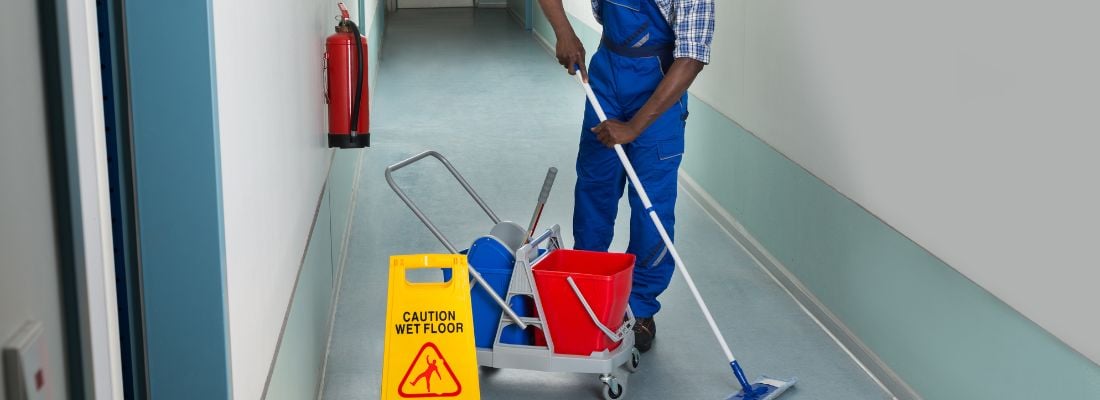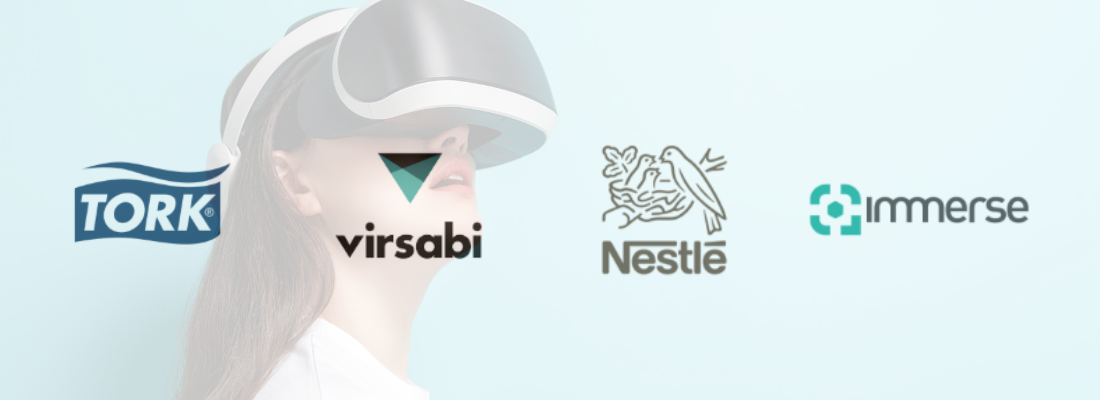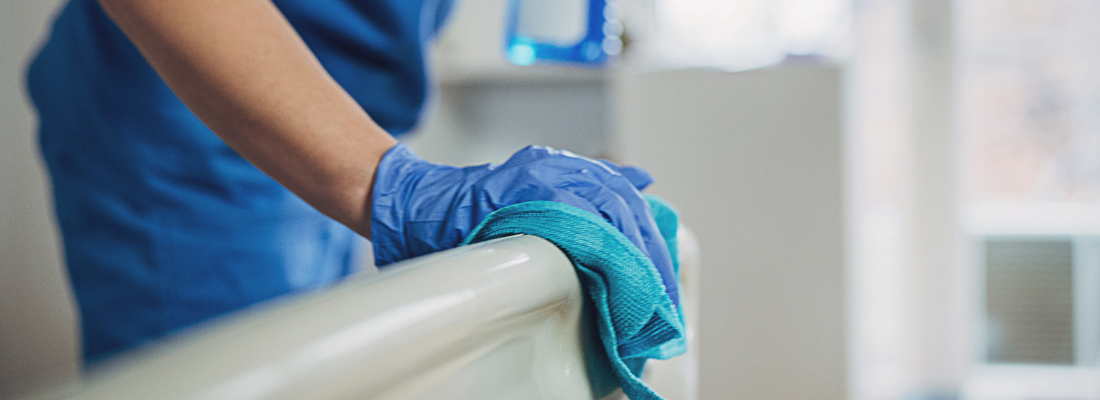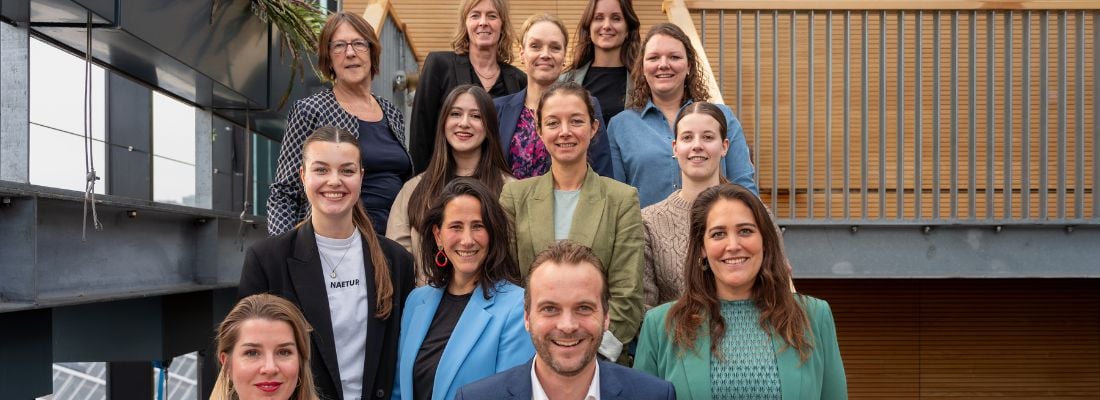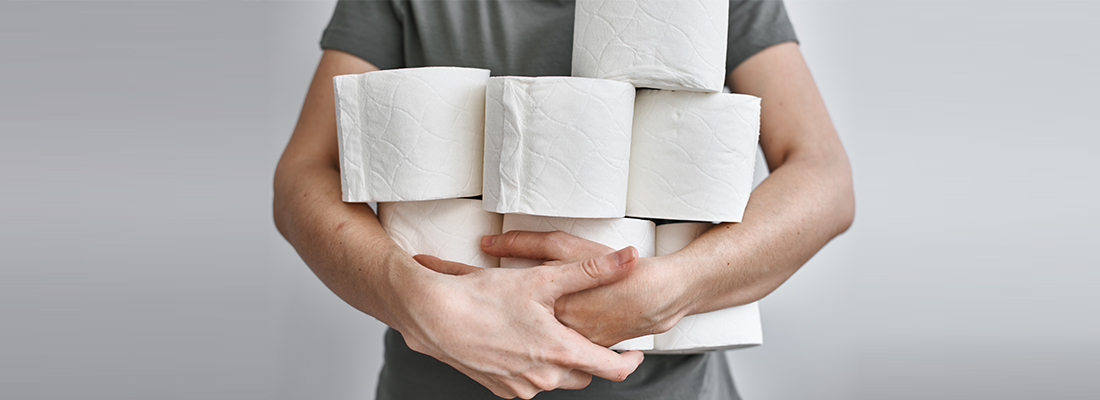When it comes to hygiene, a lot of misinformation and disinformation (Fake News) is currently going around. It is difficult to distinguish the right from false, because we have to process a huge amount of information evolving quickly and even sometimes contradictory. In this article we will answer the questions: what is the difference between fake news and misinformation and what current misconceptions are in circulation when we talk about hygiene?
What is the difference between fake news and misinformation
Fake news is misleading and incorrect information in the form of a news story that is distributed to make money or to influence public opinion. It is a form of disinformation. Fake news, fake messages and hoaxes have been around for a long time, but their spread has been rapid since the emergence of social media. Everyone can post content on the internet nowadays. As a result, the boundaries between news, fake news and advertisements seem to blur. It is becoming increasingly difficult to distinguish them from each other and to form a well-founded opinion.
Misinformation, is Information that is false but not created with the intention of causing harm. Misinformation is becoming an increasing threat to infection prevention and control (IPC) and in patient safety. There are many products, practices, and recommendations on the market that are not evidence-based, and some which are dangerous. In some publications, the science is good, but taken out of context which can manipulate public opinion. The current scientific publishing model and the rise of predatory journals complicate an already complex issue by making it difficult for people to access quality information (UNESCO, 2018).
Why do we believe fake news and misinformation?
One of the explanations for the success of fake news and misinformation is our unconscious tendency to think in boxes all the time. That keeps the world nice and clear. You may find it hard to admit, but we all tend to divide people into groups and stereotype them like that. Psychologists are talking about our implicit bias. One of the effects of this is that we believe people we put "in our own group" faster.
Due to the volatility of social media, it is not always easy to take a critical look at information. When we see a message, we immediately unconsciously judge it. We will immediately see if it is interesting. And we also quickly judge whether something is true or not.
Another effect that plays a major role in our tendency to believe fake news is what psychologists call confirmation bias. Whether you like it or not, we are all constantly looking for confirmation of our own views and ideas. This means that we quickly dismiss other insights or views as "irrelevant" or "fake". It is a very human tendency to see our own world view as the only right thing. Because of this unconscious judgment, we fall faster into a fake message that confirms our opinion (this is called confirmation bias). We also rather think that something is true if many people like it or share it (University of Copenhagen, 2018).
How does this impact the healthcare industry?
In general there are three common causes for scientific misconceptions of hygiene to arise:
- In the field of IPC and environmental hygiene, a low category of evidence is often used, such as case reports and expert opinions
- Some products and practices originate from the public sphere or industry
- A nexus between IPC and the public for sharing of evidence-based information
The result of these misconceptions can have a great negative impact on the believability of the industry. An example how a well-conducted research on Increasing tolerance of VRE to alcohol was wrongly translated to a research article and picked up by the media world-wide (The University of Geneva Hospitals and Faculty of Medicine, 2019).
The research article, Increasing tolerance of hospital Enterococcus faecium to handwash alcohols, examined increasing tolerance of Enterococcus faecium to low concentrations of short chain alcohols (isopropanol 23% v/v and ethanol 35% v/v). Their study tested various Australian strains of E. faecium for alcohol tolerance using an alcohol kill test to evaluate bactericidal effects, an animal model to estimate effect of an increased alcohol tolerance on environmental acquisition. The authors concluded that “alcohol-tolerant strains of Enterococcus faecium have the potential to undermine the effectiveness” of alcohol-based handrubs (ABHRs). ABHRs with an alcohol concentration of 60-90% (v/v) are the gold standard for hand hygiene in healthcare, and the cornerstone for infection prevention and control. According to the authors, if some strains of E. faecium are developing tolerance to alcohol, it may explain the increase in vancomycin-resistant Enterococcus (VRE) infections globally reported in hospitals. They argue that their findings would necessitate additional procedure to prevent E.faecium from spreading in hospital settings (Pub Med, 2018).
The research is important and well-conducted, but the translation in a science magazine was as followed:
‘’Alcohol loses its luster. Alcohol-based disinfectants are a key way to control hospital infections worldwide. Pidot et al. now show that the multidrug-resistant bacterium Enterococcus faecium has become increasingly tolerant to the alcohols in widely used hospital disinfectants such as hand rub solutions. These findings may help explain the recent increase in this pathogen in hospital settings. A global response to E. faecium will need to include consideration of its adaptive responses not only to antibiotics but also to alcohols and the other active agents in disinfectant solutions that have become so critical for effective infection control.’’ (Sciene Translation Magazine, 2018)
The result was that the article appeared in the lay press, including The Guardian, Reuters, NBC and The Times. These stories (probably inadvertently) mischaracterised the study analysis and implied that alcohol-based hand rubbers become ineffective. In reality, alcohol-based hand rubbers are the most effective agent available for hand hygiene and a key element in infection prevention.
Good research often falls victim to misinterpretation, and when it generates attention, it can do more harm than good. Misinterpreting the relevance of laboratory study results can have major negative consequences. The road between a little thrill and complete distortion is as dangerous as it is short.
More examples of scientific misconceptions of hygiene
There are many examples of how good research often falls victim to misinterpretation or fake news when it comes to environmental hygiene. Let’s take a look at some recent scientific misconceptions of hygiene.
Clean Hospitals puts context in the current aerolisation debate
The teamwork on the SARS-CoV-2 provides a brief overview of the factual information and evidence-based studies that are available.
Clean Hospitals Chair Prof. Pittet, Research Director Jon Otter, Head, Research and Education Program Development Alexandra Peters Education Director Pierre Parneix continues to support the claim that transmission of SARS-CoV-2 occurs primarily through droplets and contact (including indirect contact with contaminated surfaces). Aerosols are likely generated by a small number of clinical procedures, but this is not the main way the virus is spreading in the community. Read the brief overview.
Governments and WHO changed Covid-19 policy based on suspect data from tiny US company
The World Health Organization and a number of national governments have changed their Covid-19 policies and treatments based on flawed data from a little-known US health analytics company, also calling into question the integrity of important studies published in some of the world most prestigious medical journals.
A Guardian investigation may reveal that US-based company Surgisphere, whose handful of employees appear to include a science fiction writer and adult content model, has provided data for multiple studies of Covid-19 co-authored by the CEO, but so far has not adequately explained the data or methodology. Read the results of the investigation.
French magazine claims hand sanitizer gel promotes cancer
The Santé + Mag site, whose Facebook page is one of the most followed in France with more than 8 million subscribers, affirms, in a publication shared nearly 35,000 times in two days, that the hydro-alcoholic solutions used for disinfecting hands are carcinogenic.
The hydro-alcoholic gels used for disinfecting the hands and recommended by the World Health Organization and the French government against the coronavirus epidemic are said to be "carcinogenic" , would weaken "the immune system" and promote "the absorption of 'an indoctrinian disruptor ' states an article from the Santeplus.com site published on March 2. AFP has debunked this story.
More misinformation related to the COVID-19 pandemic
The COVID-19 pandemic has led to misinformation and conspiracy theories about the extent of the pandemic and the origin, prevention, diagnosis and treatment of the disease.
Misinformation has been spread by celebrities, politicians and other prominent public figures. Commercial scams have claimed to offer home tests, alleged preventatives and "miracle" drugs. Several religious groups have claimed that their faith will protect them from the virus. Some people have claimed that the virus is a bioweapon accidentally or deliberately leaked from a laboratory, a population control program, the result of an espionage operation, or the side effect of 5G upgrades to mobile networks.
The World Health Organization has declared an "infodemic" of false information about the virus, which poses risks to global health.
How to arm yourself against scientific misconceptions of hygiene
It can be hard to distinguish the right from false in a time where you get exposed to information at any time of the day. Make sure to follow Clean Hospitals as they share information on everything you need to know about Healthcare Environmental Hygiene. It also helps to ask yourself these questions to better recognise misinformation or fake news and to come up with a well-founded rebuttal:
- Who is the sender of the message?
Is this person real? Always look at websites in the disclaimer of "about us"
- What intention does that sender have?
Why did that person write the article? Who is it written for? What (political, financial or other) interests does the sender have?
- Which technique is used?
How are emotions acted upon, are things omitted, is an authority invoked? Which camera angle is used? Which images are used with which music? Are there a lot of capital letters and exclamation marks used in a headline?
- Can't verify?
Is it just buzz on social media, or do you see it in the more respected media as well? Is it an investigation? Then check how it is being investigated.
- Which source is used?
Fake reports often use fictitious sources, so look beyond just citing the source. Are text and photo used in the same way as in the original source? Or has the message been taken out of context? Is there no link to the source? Then use a search engine to look it up.
- Some journals (such as Lancet ID) make some important content open access
- Elsevier has a list of professional level journals
- Is it the whole truth and nothing but the truth?
Fake news can contain truths. The more truth there is in a message, the more convincing it seems. Check if a message contains the whole truth and nothing but the truth.
- Or an interpretation of someone else's truth?
Even facts can be interpreted in different ways. That does not make them fake.
- Also view photos and videos
Fake news often uses a random image that more or less represents the news. Image and sound can also be made, thereby distorting reality.
Receive industry news in your inbox
The cleaning and hygiene industry is on the move and the Interclean newsletter will inform you about what is happening in the industry on a monthly basis.
Subscribe to newsletter
Sources
Factuel. (2020, March 5). No, the hand sanitizer gel does not promote cancer. Opgehaald van Factuel: https://factuel.afp.com/non-le-gel-desinfectant-pour-les-mains-ne-favorise-pas-le-cancer
Pidot, S. J. (2018). Increasing tolerance of hospital Enterococcus faecium to handwash alcohols. Science Translational Medicine .
Pitter, D., & Otter, J. (2020). Putting some context to the aerosolization debate around SARS-CoV-2. Geneva: Journal of Hospital Infection. Opgehaald van ICT: https://www.infectioncontroltoday.com/view/environmental-hygiene-what-we-know-scientific-studies
Pitter, D., & Peters, A. T. (2018, October 1). Enterococcus faecium tolerance to isopropanol: from good science to misinformation. Opgehaald van thelancet.com: https://www.thelancet.com/journals/laninf/article/PIIS1473-3099(18)30542-5/fulltext
Psychology Today. (2019, November 15). 7 Reasons Why We Fall for Fake News. Opgehaald van Psychology Today: https://www.psychologytoday.com/us/blog/thoughts-thinking/201911/7-reasons-why-we-fall-fake-news
Pub Med. (2018, August 1). Increasing tolerance of hospital Enterococcus faecium to handwash alcohols. Opgehaald van Pub Med: https://pubmed.ncbi.nlm.nih.gov/30068573/
Sciene Translation Magazine. (2018, August 1). Increasing tolerance of hospital Enterococcus faecium to handwash alcohols. Opgehaald van Sciene Translation Magazine: https://stm.sciencemag.org/content/10/452/eaar6115
The Guardian. (2020, June 3). Surgisphere: governments and WHO changed Covid-19 policy based on suspect data from tiny US company. Opgehaald van The Guardian: https://www.theguardian.com/world/2020/jun/03/covid-19-surgisphere-who-world-health-organization-hydroxychloroquine
The University of Geneva Hospitals and Faculty of Medicine. (2019). Fake News and Bad Buzz. Geneva: The University of Geneva Hospitals and Faculty of Medicine.
UNESCO. (2018). Journalism, 'Fake News' and Disinformation: A Handbook for Journalism Education and Training. France: United Nations Educational, Scientific and Cultural Organization.
University of Copenhagen. (2018). Algorithmic detection of misinformation and disinformation: Gricean perspectives. Copenhagen: Department of Information Studies.
